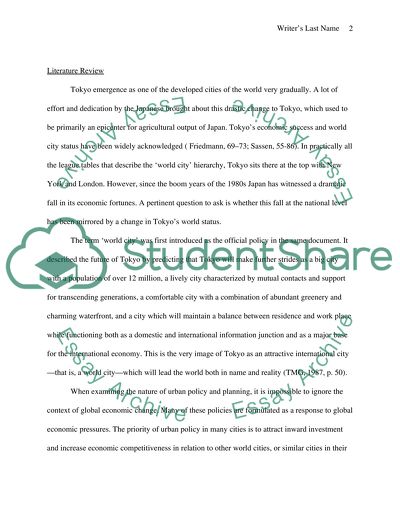Cite this document
(“Tokyo Essay Example | Topics and Well Written Essays - 1750 words”, n.d.)
Tokyo Essay Example | Topics and Well Written Essays - 1750 words. Retrieved from https://studentshare.org/history/1522918-tokyo
Tokyo Essay Example | Topics and Well Written Essays - 1750 words. Retrieved from https://studentshare.org/history/1522918-tokyo
(Tokyo Essay Example | Topics and Well Written Essays - 1750 Words)
Tokyo Essay Example | Topics and Well Written Essays - 1750 Words. https://studentshare.org/history/1522918-tokyo.
Tokyo Essay Example | Topics and Well Written Essays - 1750 Words. https://studentshare.org/history/1522918-tokyo.
“Tokyo Essay Example | Topics and Well Written Essays - 1750 Words”, n.d. https://studentshare.org/history/1522918-tokyo.


